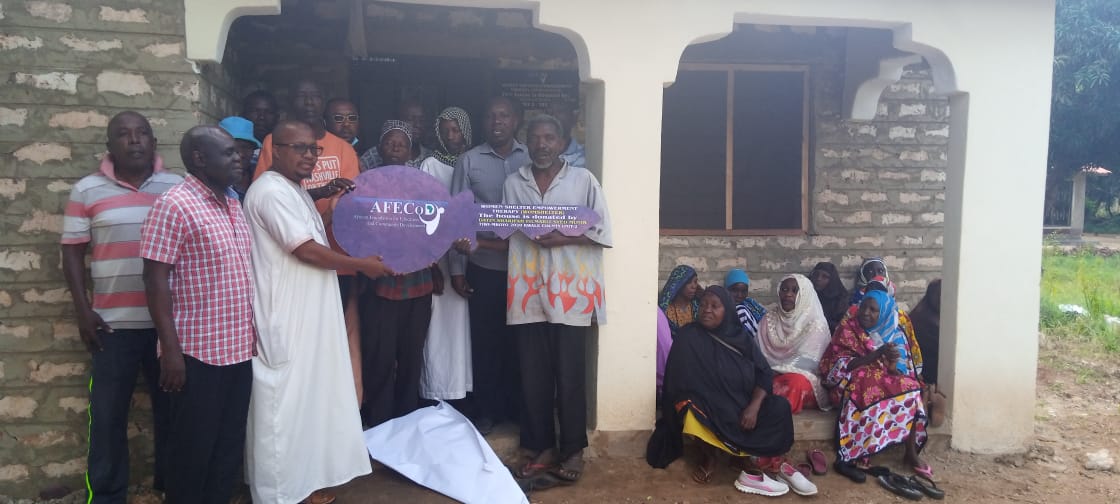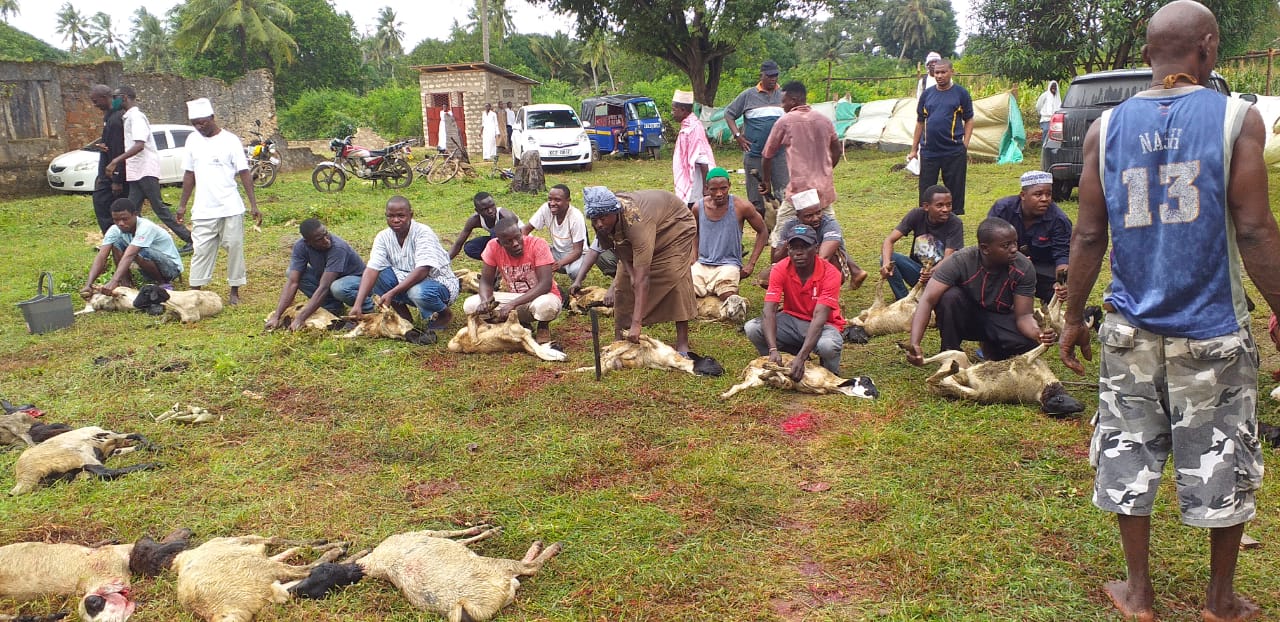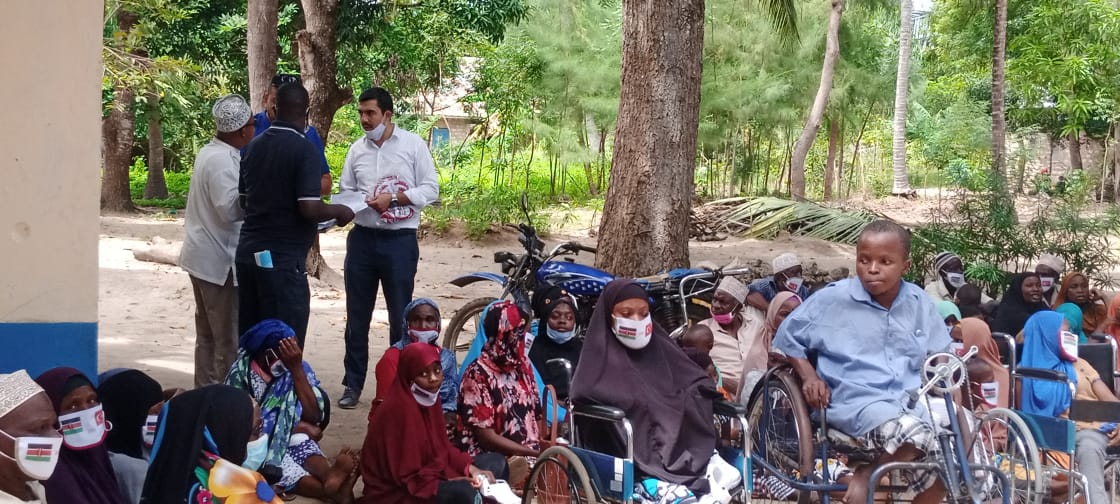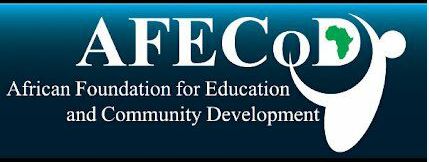AFECoD Initiatives
AFECoD initiated Long-term goals in empowering the community in education. This campaign is through engaging youth and women in educating the community the glory of knowledge from early childhood development to high school. In pursuing higher studies, AFECoD supports the community by giving information about scholarships in different countries and helping them in the process of obtaining scholarships. Initiating Mid-term goals by engaging community based development projects designed to support the community in improving their long term financial sustainability by engaging in profitable business activities. The Short-term goals are implemented through humanitarian and social responsibility projects such as food distribution by feeding the poor during month of Ramadhan and EId Al-Adha program.
Community Development Projects
The community development Project is an integrated rural development project model intended to be applied and implemented by AFECoD. The project intended to combine diverse development expertise and extensive rural network and mobilizing funds and human resources to sponsor families and community groups. The CDP is one of the backbones of the community development to enhance community activities in the area. It provides a structured approach towards sustainable poverty alleviation.
The CDP is intended to addresses issues in the five development areas of:




It places initial emphasis on social and economic development however, the foundation initiates further development in sustaining community empowerment for the youth, in the form of gender balanced community groups, to ensure that the community understands, manages, and leads its own development. Business skills training and access to Islamic micro finance concept would provide community with the opportunity to start or expand income-generating activities; loan repayments then moving to the next level towards increasing the available pool of Islamic micro-finance and funding development activities.
Once a suitable community groups or individuals are identified, CDP committee guides the community through the realization of the process with seven steps in Phase 1:
Phase I: Institutional Development and Planning
-
- Building a common understanding
- Forming the Community Development Project
- Training the CDP participants
- Community Assessment and Preliminary Planning
- Eye-Opener Trip
- Finalizing Development Plan
- Submitting Development Plan
The output from these steps is clearly articulated idea of the future community with proper mindset the villages would like to have, in prioritizing goals and activities, and an implementation plan which breaks down the steps and resources necessary to achieving the desired community development project. Implementation begins in Phase II.
Phase II: Implementation of Development Activities
This phase is based on chronological aspects of implementation of the CDP. It oversees the movement and the process of the project to be implemented smoothly based on the guidelines provided by AFECoD.
Phase III: Monitoring and Evaluation
This is throughout the CDP, AFECoD staff regularly visit the community to discuss issues with the various committee community groups and families, provide advice, and request updates on activities. AFECoD Research and Evaluation Division staff will be engaged in program evaluation and impact assessment.
Throughout the CDP, rural communities develop the knowledge, skills, and capacity to analyzes and respond to their needs. Once, a community group, a family or an individual has become experienced with the social and economic institutions collaborating with AFECoD, possesses the tools and funds necessary to sustain its own future development out of poverty and low quality of life.
One of AFECoD gender representation is introduction of Women Empowerment Program (WEP) for the community development initiative, WEP focuses on gender representation and women empowerment not only as human rights, but also because they are a pathway to achieving the 2030 vision in empowerment and sustainable development.
